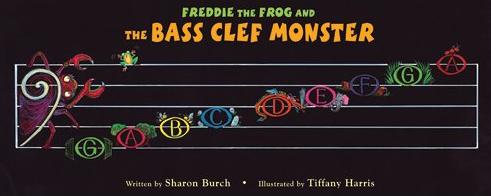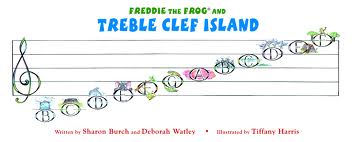
Practicing Tips & Resources
We want to encourage all of our students to practice, every student has a window of opportunity to succeed. The time spent during the lesson only adds to the student's potential by 50%. Practicing is the other 50%, it is through hard work that each student can reach their full potential. All of our students and potential students are capable of great things! Scroll down to read practicing tips for the parent and the student.
To the left of the page is the 1-2-3 checklist to correct any scratchiness when initially learning to play the violin or cello! Resources are provided at the bottom of the page, including music memory games we make for our students 12 years of age and younger.
Practicing Tips
For Parents:
1. It is required that at least one parent is present during their practice sessions. Help by counting "One and, Two and, Three and, Four and GO!", follow each note with your finger to keep the student at pace.
2. It is common that children try to speed up their pace during the song or play intentionally fast if not supervised.
3. The younger the child the easier it is to get side tracked and forget to practice. The more the parent reminds the student about practicing during a consistent daily routine, the less the student will be needing to be reminded and the student's performance and passion for music will increase!
For Students:
- Before you start practicing, do some relaxation exercises. Tighten and then loosen the muscles in your body, starting with your feet and working up through your legs, arms and neck. Be sure to include your hands and fingers. Find a room that is quiet and away from distractions.
- Learning to play an instrument is somewhat like learning to play a sport; your muscles need to be developed in a particular way in order to master the physical part of playing, and this can only be done through consistent workouts
- Incorporate practicing into daily routines. It is about how frequent the student practices, not how long they practice.
- If there is difficulty on a particular exercise or composition, have it broken into sections. Focus on individual sections and take it nice and slow.
- Don't over practice, for adults practice at least 2-3 times a week for 30 minutes and for children practice at least 3-4 times a week for 15 minutes.
If you can't play a measure or phrase, you shouldn't go on to play the rest of the piece until it has been mastered. Take time to figure out the fingering of measures note by note. If you need to write this information directly into the music. If you are having problem with tempo, practice with a metronome. Set it at a slow count at first, then gradually increase the pulse until you arrive at the final tempo.
-
If you are making mistakes, it means that you are playing too fast. Slow down! Remember that if you play a measure wrong several times in a row, you are actually teaching yourself to play it incorrectly.

Student Resources
Below are resources to help all students reach their highest potential!
If a link does not work please email us to fix it.
How to tune a violin (Video Instruction)
Online Metronome (any instrument)
Violin Finger Patterns (Key Signatures)
Violin Finger Patters (Positions)
Piano students Click documents below:
Musical Memory Games
We create musical memory games for our younger students, its an additional way to practice and helps strengthen the cognitive recognition of reading the music (whether its piano or violin). Each game is made specifically for the student based on the concept they are learning at that time and their learning pace. Here is an example of a Piano Memory Game for the Right Hand. Click below for a sneak peak.
